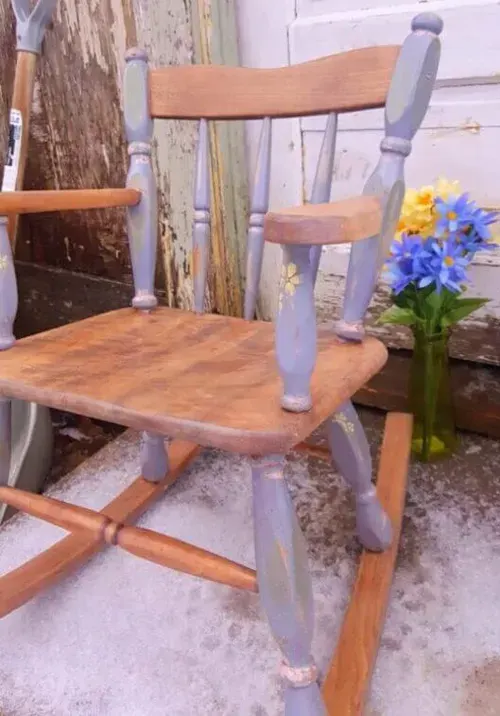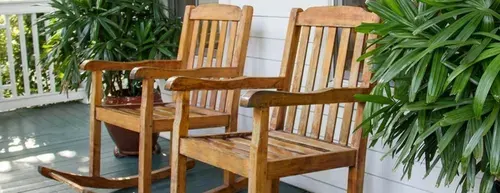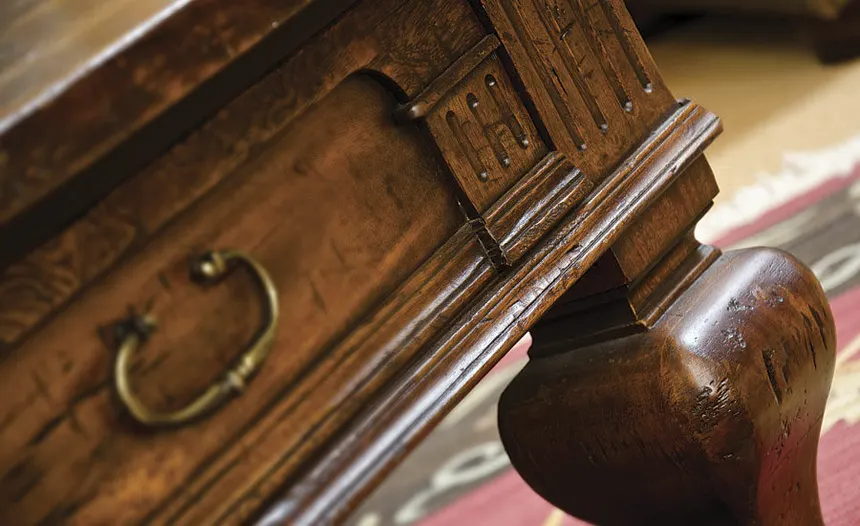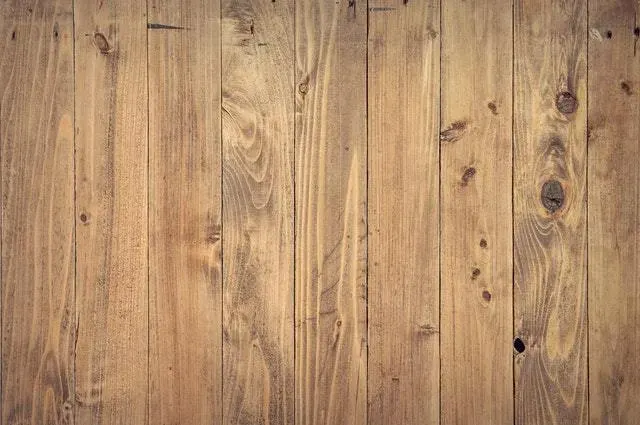Top Reasons for Choosing the Perfect Wood Stain
1. Enhances the Natural Beauty of Wood
Choosing the perfect wood stain helps enhance the natural grain and texture of the wood. Wood is a versatile material, and a stain can bring out its unique features, highlighting the natural beauty of the wood. The right stain helps deepen the tones and add richness to the appearance, making your wood projects more appealing and visually striking.
2. Protects the Wood from Damage
Wood stain doesn’t just improve the appearance of the wood; it also protects it from environmental damage. The right stain provides a protective layer that helps prevent water damage, UV rays, mold, and mildew. By applying a stain, you increase the longevity of the wood, ensuring that it retains its beauty for longer while safeguarding it from daily wear and tear.
3. Adds Customization and Personalization
Wood stains come in a wide range of shades and finishes, allowing you to personalize your wood pieces. Whether you want a classic deep brown, a rich mahogany, or a modern gray, stains offer flexibility to match your desired style. You can choose a stain that complements your furniture, walls, or overall decor, providing a unique and personalized touch to any project.
4. Offers Different Finishes and Sheens
Wood stains come in a variety of finishes, such as matte, satin, semi-gloss, and high-gloss, which impact the appearance and feel of the wood. The finish you choose can affect how light reflects off the surface, altering the overall mood of the room or project. A matte finish gives a more subtle, rustic appearance, while a glossy finish adds elegance and shine.
5. Improves the Durability of Wood
When applied correctly, wood stain helps improve the durability of wood surfaces. It adds an additional layer of protection, especially in high-traffic areas or on outdoor furniture exposed to the elements. The right stain helps prevent cracking, fading, or discoloration over time, ensuring that the wood stays beautiful and functional for years to come.
6. Hides Imperfections
One of the significant benefits of wood stain is its ability to hide minor imperfections, scratches, and blemishes on the surface of the wood. When you apply a stain, it helps to camouflage these imperfections, providing a more uniform appearance. This is especially helpful when working with reclaimed wood or pieces that may have been worn or damaged, giving them a fresh, refined look.
7. Easy to Apply
Wood stain is relatively easy to apply, even for beginners, making it an excellent choice for DIY projects. Whether you use a brush, cloth, or spray, staining wood can be a straightforward process that doesn’t require advanced skills. With the right technique, you can achieve professional-looking results with minimal effort, ensuring that your wood surfaces are well-coated and aesthetically pleasing.
8. Helps Create the Desired Aesthetic
Different types of stains can give your wood a wide variety of looks, from natural to bold and dramatic. You can opt for transparent stains for a more natural look or choose solid stains that cover more of the wood’s surface. The choice of stain allows you to create the aesthetic you desire, whether it’s a rustic, contemporary, vintage, or industrial look.
9. Cost-Effective Solution
Choosing the right wood stain is a cost-effective way to upgrade the appearance of your wood surfaces. Instead of replacing old or damaged wood, applying a stain refreshes the look and feel of the material, making it look brand new without the expense of buying new wood or materials. This makes wood staining an affordable way to achieve a polished finish on furniture, floors, or cabinetry.
10. Environmentally Friendly Options
Many wood stains are now made with environmentally friendly ingredients, which makes them safer for both the user and the environment. Water-based stains, for example, are low in volatile organic compounds (VOCs), making them a healthier option for indoor use. Opting for eco-friendly stains not only protects your wood but also supports sustainable practices in home improvement and furniture restoration.
Styles That Embrace Choosing the Perfect Wood Stain
1. Rustic and Farmhouse Style
The rustic and farmhouse styles often embrace the natural beauty of wood, and wood stains play a crucial role in achieving this look. For a warm, cozy feel, choose rich, dark stains like walnut or chestnut to highlight the wood’s grain. A distressed or weathered finish with a matte or satin sheen adds charm and character to furniture pieces, beams, and accent walls. Reclaimed wood, combined with a darker wood stain, fits perfectly within this style, offering an authentic, time-worn aesthetic.

2. Mid-Century Modern
Mid-century modern design thrives on clean lines and minimalist furniture, with a focus on natural materials like wood. Choosing the right wood stain, such as walnut or teak, enhances the sleek, simple forms of mid-century pieces while maintaining a warm and inviting atmosphere. Lighter wood stains, like oak or ash, are also ideal for this style, providing a light, airy look that complements the open, uncluttered space. The right stain helps bring out the beauty of the wood without overpowering the sleek, minimalist design.

3. Industrial Style
In industrial spaces, raw and unfinished materials like metal, concrete, and wood are key elements. Wood stains with deep, bold hues like espresso or dark walnut work well for industrial-style furniture and decor. These darker tones contrast beautifully with metal and steel accents, creating a striking balance between warmth and modernity. The matte or satin finish complements the raw, unfinished aesthetic, while adding depth and richness to the wood. Industrial designs can also incorporate reclaimed wood with a distressed or weathered finish, enhancing the rustic appeal.

Popular Perfect Wood Staining methods
1. Consider the Wood Type
The type of wood you’re staining plays a significant role in how the stain will look and absorb into the wood. Softer woods, like pine or cedar, tend to absorb more stain, resulting in a deeper, richer color. Hardwoods such as oak, maple, and cherry absorb stain less readily, so it’s important to choose a stain that works well with these materials. When selecting a wood stain, ensure it’s compatible with the type of wood you’re working with to achieve an even, consistent finish. Additionally, you may want to test the stain on a scrap piece of the same wood to see how it reacts before applying it to your project.

2. Decide on the Desired Finish
Wood stains come in various finishes, including transparent, semi-transparent, and solid. Transparent stains allow the natural grain of the wood to show through, offering a more subtle and natural look. Semi-transparent stains provide a bit more color while still allowing the grain to show, while solid stains act more like paint and cover the wood entirely. Choose a finish based on the look you want to achieve. If you want the wood’s natural beauty to shine through, opt for a transparent or semi-transparent stain. For a more uniform look that hides imperfections, a solid stain might be the better option.

3. Consider the Color of the Stain
The color of the wood stain will dramatically affect the final appearance of your project. When selecting a stain color, think about how it will complement the existing decor in your space, the wood type, and the overall design aesthetic. Lighter stains, like honey or oak, enhance the natural warmth of the wood, while darker stains, such as walnut or mahogany, provide a more dramatic, rich look. Test the stain on a scrap piece or a hidden area to ensure it achieves the desired color, as different wood types can make the same stain look different.

4. Indoor vs. Outdoor Use
If you’re staining wood that will be used outdoors, such as for furniture, decking, or exterior trim, it’s important to choose a stain specifically designed for outdoor use. Outdoor wood stains typically contain UV protectants and weather-resistant additives that help the wood resist fading, cracking, and water damage. Indoor stains don’t need these properties but should still provide a durable finish. Be sure to read the label on the stain to ensure it’s suitable for your intended application, especially if the piece will be exposed to outdoor elements.

5. Test and Apply the Stain
Before applying the stain to the entire project, it’s crucial to test it on a small, inconspicuous area of the wood. This step allows you to assess the color, finish, and how well the wood absorbs the stain. Once you’re satisfied with the test, apply the stain evenly using a brush or cloth, working with the grain of the wood. For deeper color, allow the stain to sit for a longer period before wiping away the excess. Multiple coats may be necessary for the desired depth of color, but always follow the manufacturer’s recommendations for drying times between coats to ensure the best results.

Quick Tips for Embracing Perfect Wood Stains
1. Test Stain on Scrap Wood
Before applying a wood stain to your project, always test it on a scrap piece of the same wood. This allows you to see how the stain reacts with the wood grain and ensures that the color is exactly what you want. Different woods absorb stains differently, so testing helps avoid surprises and helps you achieve the desired outcome.
2. Prepare the Wood Properly
Preparation is key to achieving a smooth and even stain finish. Sand the wood thoroughly to remove any rough spots, old finishes, or imperfections. Start with a coarse grit and gradually move to finer grits. Clean the surface to remove dust and debris before staining. Proper prep ensures that the stain is absorbed evenly and doesn’t settle into pores or rough patches.
3. Choose the Right Finish
The finish you choose—whether matte, satin, semi-gloss, or high-gloss—affects both the appearance and durability of your wood. For a natural, low-sheen look, opt for a matte or satin finish, which highlights the grain without creating too much shine. A higher gloss finish can make wood more resistant to wear and tear, making it ideal for high-traffic areas or surfaces that see heavy use.
4. Work in Small Sections
When applying wood stain, work in small sections to ensure even coverage. Apply the stain with a brush or cloth, and then wipe off any excess with a clean rag. Staining in manageable sections helps prevent streaking and blotches, which can occur when the stain is left on the wood for too long.
5. Use a Wood Conditioner
If you’re working with softwoods like pine or fir, it’s beneficial to apply a wood conditioner before staining. The conditioner helps the wood absorb the stain evenly, preventing blotchy spots that can arise from the wood’s inconsistent grain. Applying a conditioner is especially useful for porous woods and gives a more professional-looking finish.
6. Apply Multiple Coats for Depth
For a deeper, richer color, apply multiple coats of wood stain. Let each coat dry fully before applying the next to prevent uneven staining. Be sure to follow the manufacturer’s instructions for drying times. Adding layers of stain allows you to control the intensity of the color, building it up to your desired shade.
7. Maintain a Clean Environment
Working in a clean environment is crucial when staining wood. Dust or dirt can easily adhere to the wet stain, creating an uneven finish or surface imperfections. Be mindful of your surroundings and ensure that the area is free of debris. Work in a well-ventilated area to help the stain dry properly and reduce the likelihood of dust settling on your work.
8. Embrace Natural Wood Grain
Choose wood stains that complement the natural grain of the wood. Lighter stains, like oak or maple, allow the natural grain to stand out, creating a more understated and rustic appearance. Darker stains, such as walnut or mahogany, can give the wood a luxurious, polished finish while enhancing the depth of the grain.
9. Protect Your Work
Once your stain has dried and you’re satisfied with the color, apply a protective topcoat. A clear polyurethane or varnish layer protects the wood from scratches, spills, and UV damage. Depending on the type of use and exposure to elements, you can choose a matte, satin, or gloss topcoat.
10. Consider the Type of Wood
Different types of wood react differently to stains. Hardwoods like oak, walnut, and maple absorb stains evenly and produce rich, consistent colors. Softer woods like pine, fir, and cedar may absorb stains unevenly or blotch, requiring extra care during application. Understanding how your wood type interacts with stain will help you make more informed choices and achieve a better final result.
Conclusion
selecting the perfect wood stain is crucial for enhancing the natural beauty and durability of wood projects, and understanding the nuances of preparation, application, and finishing techniques is essential for achieving professional results; testing the stain on scrap wood ensures you understand how it will interact with the grain, while proper wood preparation through sanding and cleaning ensures even absorption, preventing streaks and blotches that can detract from the finish, additionally, applying a wood conditioner before staining softwoods like pine helps to create a smoother surface and more even color, and using a clean, dust-free environment while working can prevent impurities from settling into the wet stain, furthermore, embracing natural wood grain with lighter stains for a subtle look or darker stains for a rich, luxurious appearance allows you to tailor the finish to your aesthetic preferences, and applying multiple coats, when necessary, can deepen the color, adding layers of depth, protecting the finished piece with a topcoat ensures its longevity and resilience to wear and tear, and working with the unique characteristics of different wood types, from hardwoods to softwoods, allows you to anticipate and address challenges, ultimately leading to a beautiful and long-lasting wood stain application that enhances the overall appeal of your project.